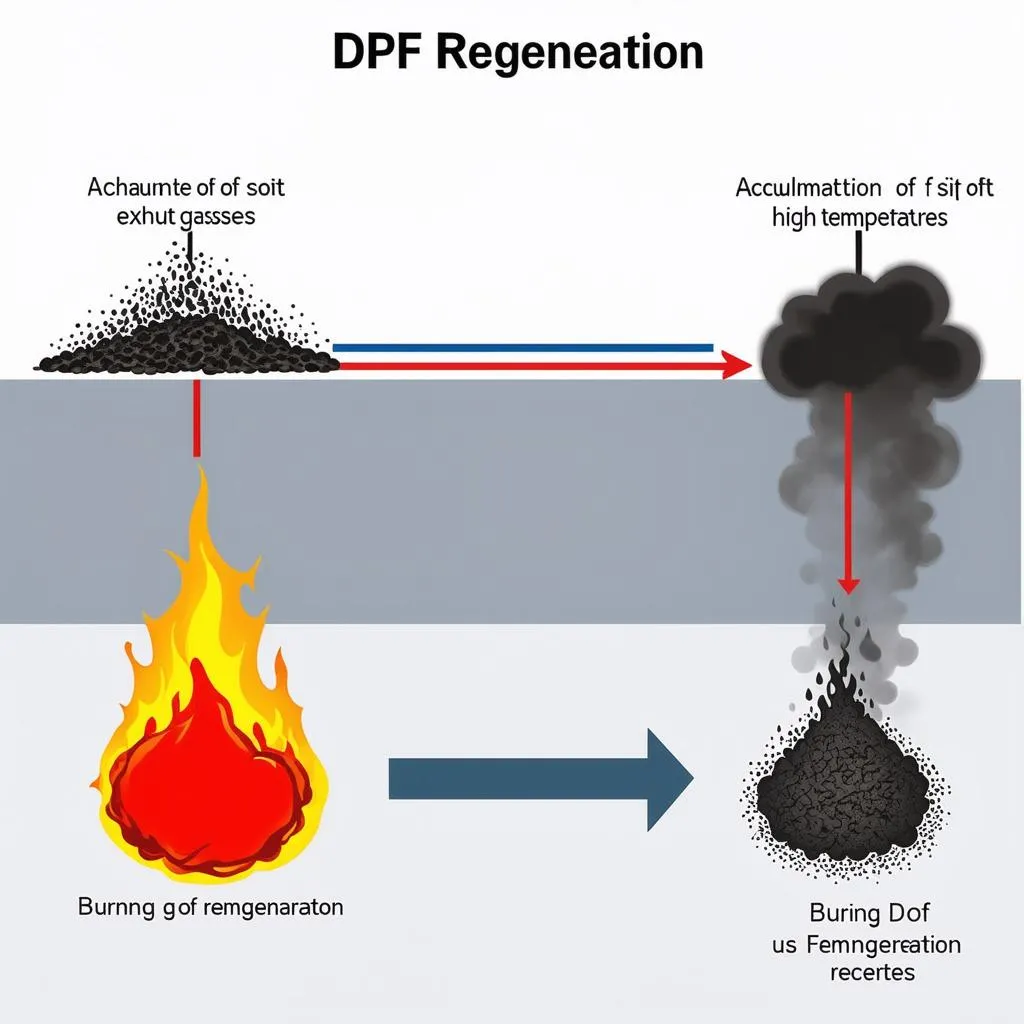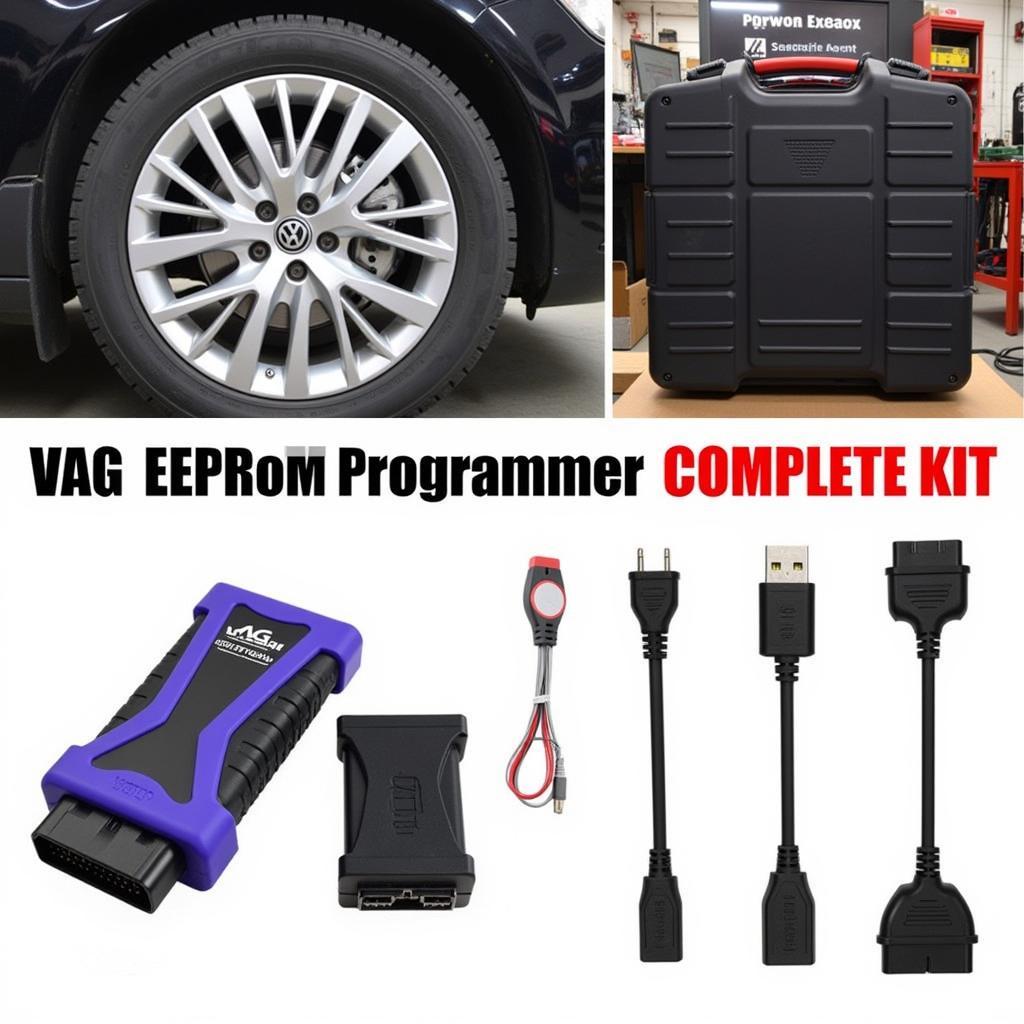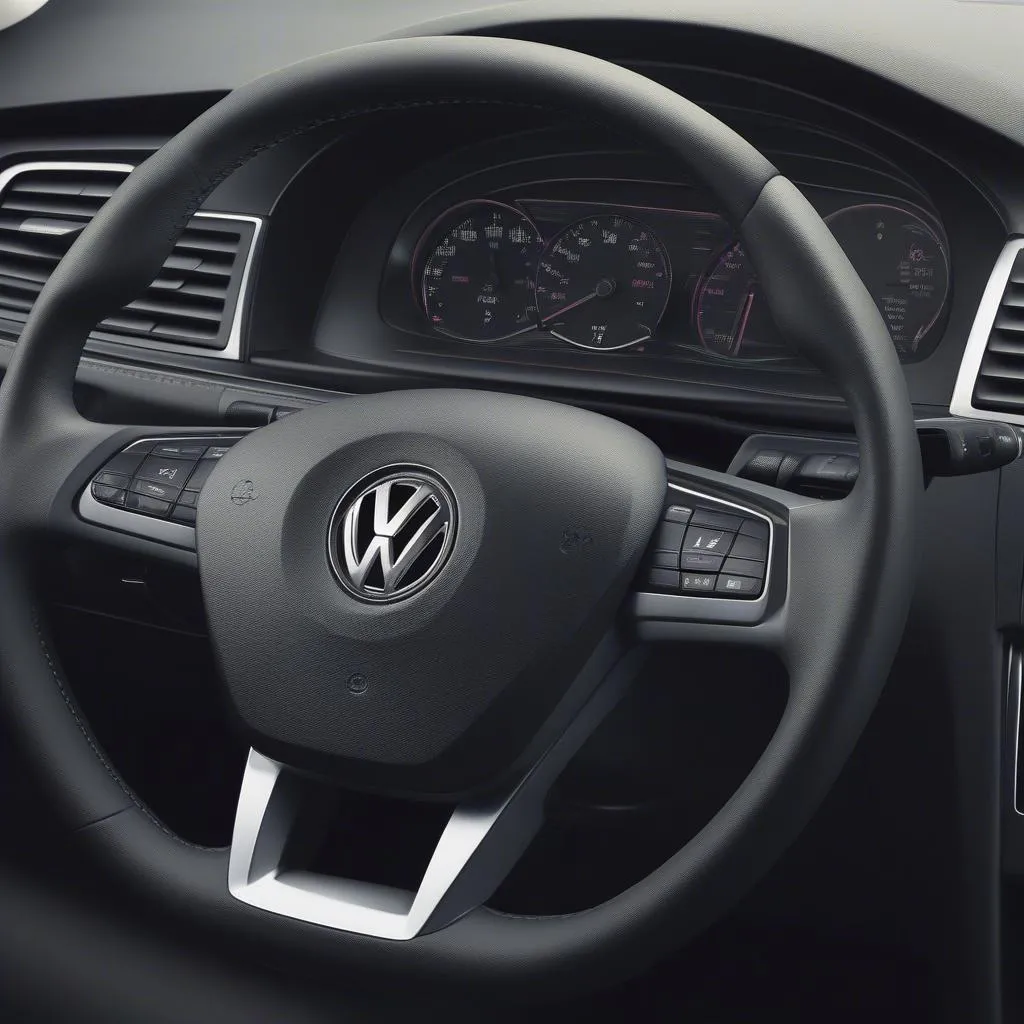Diesel Particulate Filters (DPFs) are essential components of modern diesel vehicles, responsible for capturing and burning off harmful soot particles from exhaust gases. However, DPFs can encounter issues over time, leading to reduced performance, warning lights, and even costly repairs. This is where VCDS, a powerful diagnostic software, comes into play, allowing you to “check DPF status” and gain valuable insights into your vehicle’s DPF system.
Understanding VCDS and DPF
VCDS (VAG Car Coding System), also known as VAG-COM, is a Windows-based diagnostic software specifically designed for Volkswagen Audi Group (VAG) vehicles. It allows you to access and interact with various electronic control units (ECUs) within your car, including the engine control module, transmission control module, and importantly, the DPF control module.
How to Check DPF Status with VCDS
Before you begin, ensure you have a compatible VCDS interface cable and the software installed on your Windows PC.
Here’s a step-by-step guide to check your DPF status using VCDS:
- Connect: Connect your VCDS interface cable to your vehicle’s OBD-II port and your computer.
- Launch VCDS: Open the VCDS software on your computer.
- Establish Connection: Turn on your vehicle’s ignition (engine running is not always necessary). Select the correct vehicle model and communication protocol within VCDS.
- Select Control Module: Navigate to the “Select Control Module” section.
- Choose Engine: Click on “Engine” or “Powertrain”.
- Advanced Functions: Select “Advanced Functions”.
- DPF Regeneration: Depending on your VCDS version, you might find options like “DPF Regeneration Status”, “DPF Soot Mass”, or similar. These readings will give you a clear picture of your DPF’s health.
Interpreting the Results
The data displayed within VCDS provides crucial information about your DPF’s status:
- Soot Mass: This indicates the amount of soot accumulated in the DPF. High soot mass suggests a potential blockage.
- DPF Load: Similar to soot mass, it indicates the level of particulate matter trapped in the DPF.
- Regeneration Status: This shows whether a regeneration cycle (the process of burning off accumulated soot) is active, successful, or interrupted.
- Fault Codes: VCDS will display any fault codes related to the DPF system, providing specific insights into potential issues.
Important Notes
- Safety First: When working with your vehicle’s electronics, exercise caution. Disconnect the battery if you are unsure about any procedure.
- Professional Help: While VCDS is a powerful tool, some issues might require professional attention. If you encounter persistent DPF problems, consult a qualified mechanic.
 VCDS DPF Check
VCDS DPF Check
Common Questions About VCDS and DPF Status
Here are some frequently asked questions:
Q: Can I use VCDS to force a DPF regeneration?
A: Yes, VCDS allows you to initiate a forced DPF regeneration. However, it’s important to ensure your vehicle meets the required conditions for a safe regeneration, such as sufficient fuel level and engine temperature.
Q: What should I do if my DPF is blocked?
A: If your DPF is severely blocked, a forced regeneration might not be sufficient. In such cases, professional cleaning or replacement of the DPF might be necessary.
Q: Can I delete my DPF?
A: Tampering with or removing emission control systems like DPFs is illegal in many jurisdictions and can lead to fines or vehicle failure during emissions testing.
 DPF Regeneration Process
DPF Regeneration Process
Cardiagtech: Your Source for Automotive Diagnostics
For all your automotive diagnostic needs, including VCDS software, interface cables, and expert advice, Cardiagtech is here to help. Visit our website at https://cardiagtech.com/ to explore our range of products and resources.
This comprehensive guide provides valuable information about checking your vehicle’s DPF status using VCDS. By understanding your vehicle’s DPF system and utilizing the power of VCDS, you can ensure optimal performance and longevity of this critical emission control component. For further assistance or inquiries, feel free to connect with CARDIAGTECH. We’re here to support you on your automotive journey!


